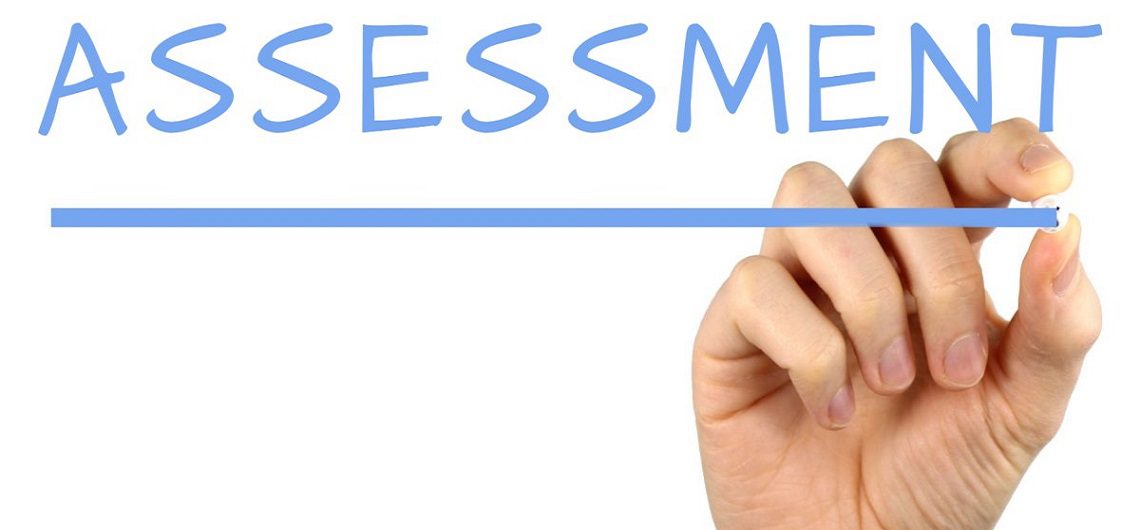By David Barrett, Chief Commercial Officer of global assessment specialist cut-e.
Up until recently, employee assessment was essentially a risk management exercise, overseen by HR and recruitment teams. The aim was to minimise the risk of early attrition and the expense of making a bad hire. This expense includes the cost of having to re-recruit and re-train staff as well as the disruption that disengaged employees can cause. Assessments also helped to avoid counterproductive behaviour in the workplace by enabling employers to recruit individuals whose abilities, personality and values were aligned with the goals of the business.
But now assessments can do much more, as talent analytics can also be developed from the data they provide. Assessments have become better at predicting who will be productive in your organisation, who will be engaged by your culture and who will stay with you. But, more pertinently, the data they provide can now help your organisation to make better talent decisions in the future.
Here’s why the issue of assessment should be high on the agenda of your executive team. 84 percent of the value of your business is intangible assets, according to a US study of S&P 500 businesses. Predominantly that means your people and their ideas. More than any other factor, the success of your business depends on the people you employ. Not your products or services, not your strategy; it’s all about your people.
At a recent summit event we held, 100 HR practitioners from financial services companies told us that the number one challenge they face is retaining top performers; their second biggest challenge is hiring talent. With the growing recognition of the need to recruit and retain the right people, assessment has moved beyond the bounds of HR; it’s become a crucial strategic priority for organisations, because it directly impacts on their sustainability and future value.
Now, consider this. By 2020, according to PwC, 50 percent of your workforce will be millennials. To attract, recruit and retain young talent in the future, executive teams should be demanding that their organisations take six actions now:
1. Make your employer brand distinctive. Building and communicating a compelling employer brand – that encompasses the reputation of your organisation, its distinctive strengths and the value that employees gain – will help to attract the right individuals.
2. Improve the candidate experience. Get your selection process right by ensuring that it is short, visually-engaging, interactive, objective and indicative of the everyday situations that individuals will experience in your workplace.
3. Future-proof your organisation by appointing change-ready staff. The speed of change – driven by factors such as the internet, mobile devices and cloud computing – is outpacing our ability to adapt. You can’t protect your organisation against technological developments but, with a digital competency framework, you can recruit and develop employees who have the digital skills and capabilities to embrace technology, collaborate with others and work more effectively through change.
4. Use analytics to make data-driven talent decisions. Assessment data not only helps you to maximise the person-job match, it also enables you to transform your talent management practices. For example, identifying the skills and attributes that differentiate ‘top performers’ from ‘average performers’ in each role can help you to create a ‘success profile’ of an ideal employee. This will give you a better understanding of the competencies, personality, knowledge, skills, experience, attitude, values, behaviours and outcomes that bring success in your organisation.
5. Measure the value of assessment. Business-impact validation studies provide data-based evidence that will improve your selection process and the candidate experience.
6. Keep your talent engaged. Assessments can help you to recruit individuals who are ‘wired for engagement’; in other words, they’re likely to feel engaged working at your organisation. Studies show that companies with a more engaged workforce consistently outperform their competitors.
The procurement decision for assessment is now more important than ever before, because so much more is at stake. Because the future prosperity of the business is on the line, executive teams should be insisting on an even greater return on investment when they sanction any assessment spend.









































